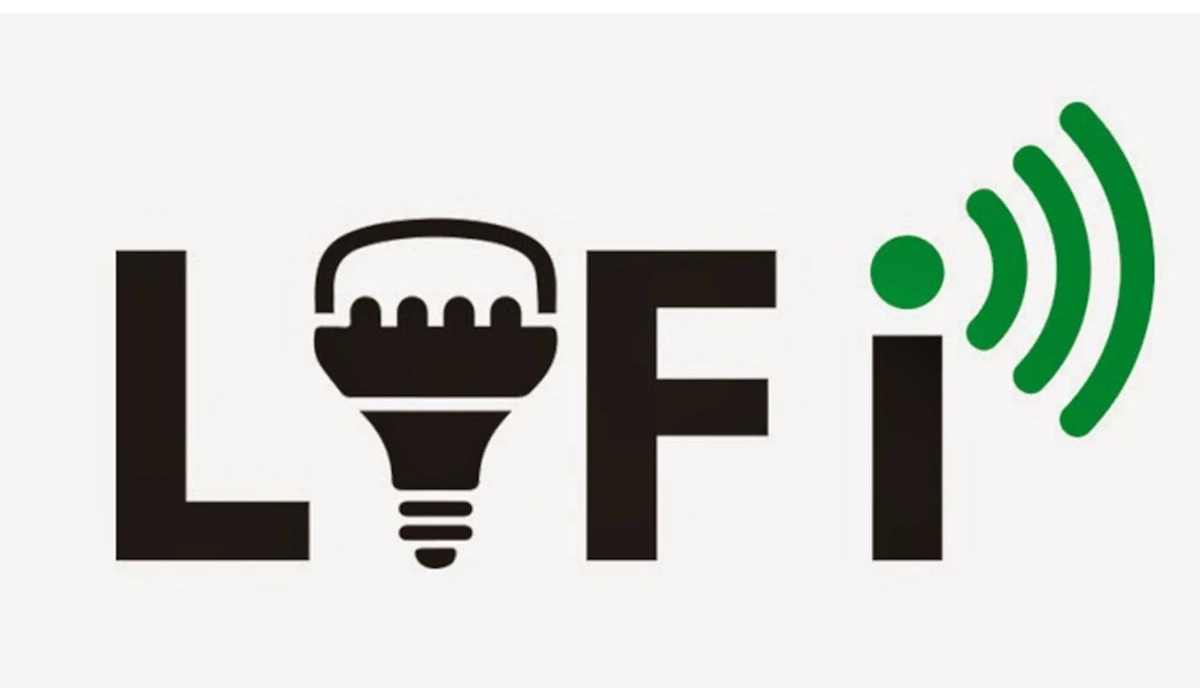As often happens every time a new technology appears, there is a lot of noise about the old dying to give way to the new. There is increasing noise about Li-Fi and Wi-Fi slugging it out and the latter giving way. not a lot of it seems to hold water, though, and I will tell you why.
Li-Fi is a relatively new wireless communication technology that uses visible light, ultraviolet, and infrared spectrums to transmit data at high speeds. Unlike Wi-Fi, which uses radio waves for data transmission, Li-Fi uses LED lamps to modulate the intensity of light to transmit binary data. Li-Fi has the potential to be faster and more secure than Wi-Fi, but it has some limitations such as the need for direct line-of-sight communication and the inability to penetrate walls.

Table of Contents
How does Li-Fi work?
Li-Fi works by using LED lamps to transmit data through the modulation of light. The LED lamps are turned on and off at a very high speed, faster than the human eye can detect, to transmit binary data. A receiver, such as a photodiode, detects the changes in light intensity and converts them back into binary data. This process is similar to how a modem converts digital signals into analog signals for transmission over telephone lines.
The data transmission is typically done using the visible light spectrum, but it can also use ultraviolet or infrared light. Li-Fi has the potential to be faster and more secure than Wi-Fi, but it requires direct line-of-sight communication and cannot penetrate walls.
What are the advantages of Li-Fi over Wi-Fi
Li-Fi has several advantages over Wi-Fi, including:
- Speed: Li-Fi can transmit data at much higher speeds than Wi-Fi, up to 100 times faster, due to the higher bandwidth found in the light spectrum.
- Security: Li-Fi is more secure than Wi-Fi because the data transmission is limited to the area where the light is present. Unlike Wi-Fi, which can be intercepted by anyone within range of the signal, Li-Fi requires direct line-of-sight communication.
- Energy efficiency: Li-Fi is more energy-efficient than Wi-Fi because it uses LED lamps, which consume less power than Wi-Fi radio transmitters.
- No electromagnetic interference: Li-Fi does not create electromagnetic interference, which can be a concern in some sensitive environments such as hospitals or airplanes. Also, it is less prone to interference from other devices because it uses light, which does not interfere with radio frequencies.
What are the limitations of Li-Fi?
Li-Fi has some weaknesses that limit its widespread adoption. These include:
- Line-of-sight communication: Li-Fi requires direct line-of-sight communication between the transmitter and receiver, which means that obstacles such as walls or other physical barriers can block the signal.
- Limited range: Li-Fi has a limited range due to the fact that light cannot penetrate walls or other solid objects. This means that the signal is confined to a single room or area.
- Light source reliance: Li-Fi requires a light source to function, which means that it cannot be used in areas without adequate lighting.
- Interference from ambient light: Li-Fi can be affected by ambient light, such as sunlight or other light sources, which can interfere with the signal.
Choosing Between Li-Fi and Wi-Fi
Yes, Li-Fi is much faster than Wi-Fi, but I do not think that Li-Fi will replace Wi-Fi. All the hullabaloo about it doing so flies in the face of the limitations of the new technology.
For example, the fact that it requires line-of-sigh communication and cannot penetrate walls is a huge problem. Who wants to go back to the days of lining up two devices to share Internet or files like it used to be back when infra-red was the primary means of wireless communication between two cell phones? Not me.
Also, other light sources in the environment can interfere with it. No way. This is not how we want our wireless communication to work. We want to be able to connect regardless of what direction we face and what kind of light bulbs we have on in the home, at the office, or at a rock concert.
The IEEE standards organisation has released the standard that covers Li-Fi, so we are going to be seeing this new technology deployed in certain use cases. Li-Fi and Wi-Fi will exist side-by-side, serving different segments and users. Whatever it is that will eventually replace Wi-Fi, it sure isn’t Li-Fi. .

